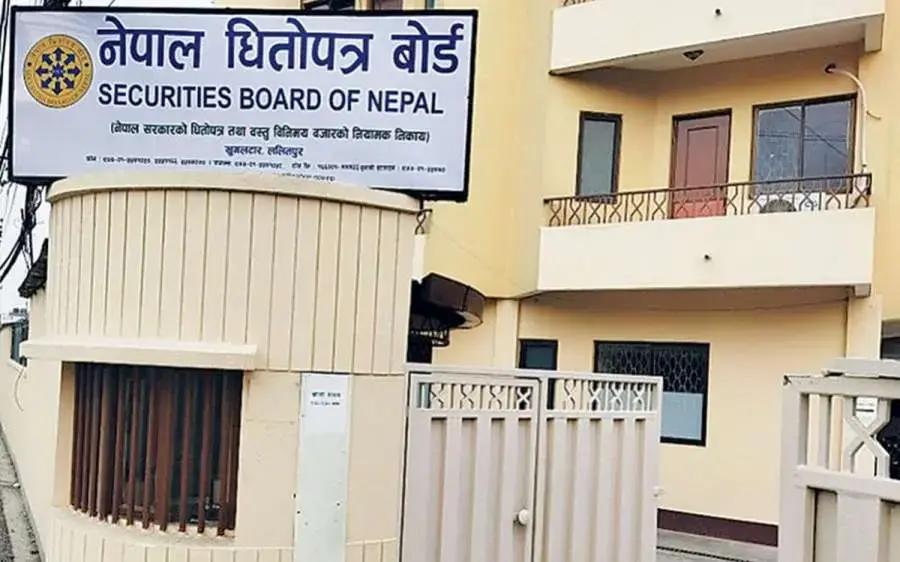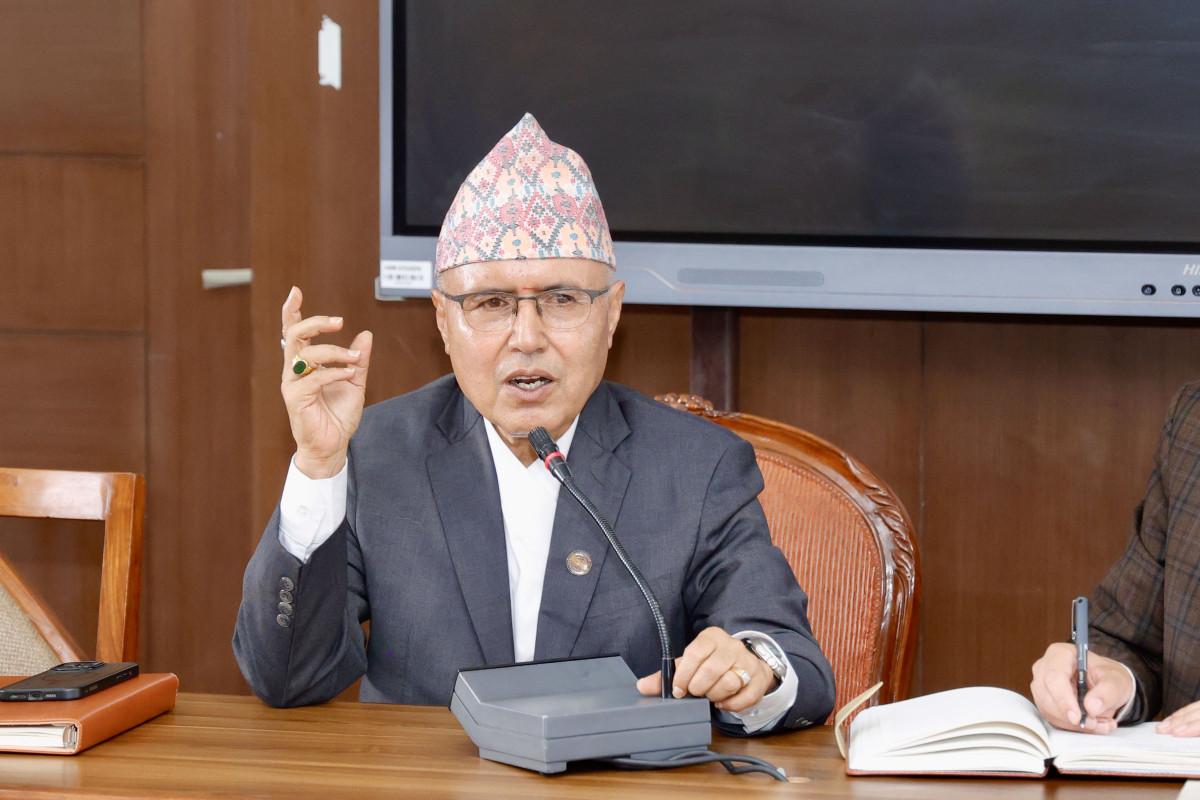By Dipesh Ghimire
Loan Rates Drop as Commercial Banks Slash Base Rates Below 5%

In a significant development in Nepal’s banking sector, several commercial banks have reduced their base lending rates, with Standard Chartered Bank and Rastriya Banijya Bank bringing their rates below 5 percent. This marks the lowest base rates seen in recent years and signals a major shift in the cost of borrowing across the economy.
The base rate is a benchmark used by banks to determine loan interest rates. When the base rate falls, the cost of loans becomes cheaper for businesses and consumers. Banks generally add a fixed premium—up to 5 percent—on top of the base rate when setting final interest rates for borrowers. Therefore, a decline in the base rate means a directly proportional reduction in loan interest costs.
This downward trend is primarily due to banks reducing their deposit interest rates. With lower demand for credit and excess liquidity in the financial system, banks are now flush with funds. To minimize their cost of funds and maintain profitability, they are continuously cutting deposit rates, which in turn reduces the base rate.
Currently, Standard Chartered Bank offers the lowest base rate at 4.9 percent, followed closely by Rastriya Banijya Bank at 4.97 percent. Other banks such as Everest Bank, Nepal Bank, and Nepal Investment Mega Bank maintain base rates between 5.35 to 5.83 percent. At the higher end of the spectrum, NIC Asia Bank has a base rate of 7.23 percent—the highest among major commercial banks—followed by Kumari, Prime, and Himalayan Bank, all exceeding 6.7 percent.
This spread of over 2.3 percentage points between the lowest and highest base rates has a direct impact on borrowers. For individuals and businesses taking large loans, even a 1 percent difference can result in significant cost savings over time. As a result, banks with lower base rates may attract more borrowers, especially in a competitive lending environment.
The drop in base rates is likely to stimulate credit demand across sectors. Industries such as agriculture, manufacturing, trade, and SMEs stand to benefit from reduced financing costs, which could boost investment and economic activity in the coming months. However, this shift may come at the expense of depositors, who are now receiving lower returns on their savings and fixed deposits.
Banks with higher base rates may face pressure to cut rates or risk losing customers to more competitively priced institutions. This could trigger a rate-cutting cycle across the banking sector, further intensifying competition in the lending market. Additionally, as base rates fall, net interest margins for banks may shrink, forcing them to explore new revenue strategies.
The Nepal Rastra Bank is expected to closely monitor these developments. While lower loan rates are favorable for economic growth, prolonged suppression of deposit interest could affect savings behavior and the overall monetary balance. Policymakers may need to intervene if interest rate spreads become too narrow or if credit growth remains stagnant despite the lower cost of borrowing.
In conclusion, the current trend of falling base rates reflects the banking sector’s response to surplus liquidity and subdued credit demand. Borrowers are likely to benefit in the short term, but banks and depositors may need to adjust their expectations. Whether this shift leads to a real economic revival will depend on how effectively the cheaper credit translates into productive investments in the broader economy.









